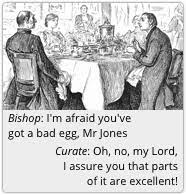Sokel
Master Contributor
- Joined
- Sep 8, 2021
- Messages
- 6,209
- Likes
- 6,328
I think we have to draw a Price vs Tolerance chart (PriTo™),it will be surely a steep slope one but hopefully will eliminate most of the debate.
Or stop having double standards regardless the price as any technical nerd would do.
Either would work.
Or stop having double standards regardless the price as any technical nerd would do.
Either would work.

